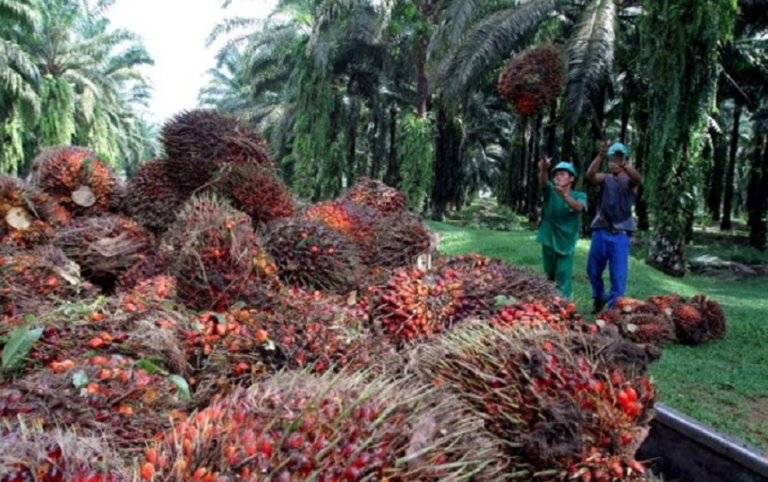A lower level of debt reduces a company’s exposure to financial risks, making it less susceptible to fluctuations in interest rates and economic downturns. This can serve as a buffer against financial distress.
Okomu Oil’s relatively modest debt profile, as reflected in its total debt to total equity ratio of 22.99 and a total debt to total assets ratio of 11.44, not only reduces the company’s risks associated with interest rate fluctuations and economic downturns but also provides it with the financial flexibility to pursue growth initiatives, capitalize on market opportunities and sustain its financial performance trajectory.
Besides its strong balance sheet, Okomu Oil Palm exhibits remarkable financial performance and a track record of consistent dividend payouts.
With consistent earnings growth over the past five years and uninterrupted dividend distributions during the same period, the company presents itself as an appealing option for investors seeking income-oriented stocks.
In its 2023 full-year unaudited report, the company reported an impressive pre-tax profit of N32.9 billion for the fiscal year, marking a notable increase of 43.4% compared to the previous year, surpassing its 5-year compound annual growth rate of 34%, and exceeding its Q4 profit forecast by about 13%.
This trajectory is expected to continue in 2024, largely driven by an anticipated growth in revenue, supported by favorable conditions, such as a positive outlook for Nigerian CPO planters amidst challenges in foreign exchange liquidity.
Another critical success factor is the local demand for Okomu’s products. Despite a significant 45% increase in export sales in 2023, local sales continue to dominate Okomu Oil Palm’s revenue, constituting about 90% of the total revenue.
Okomu Oil Palm’s CPO production, like that of its peers such as Presco, consistently falls short of meeting local demands, leading to higher imports of the product.
Data from the Malaysian Palm Oil Council (MPOC) reveals a substantial increase in Nigeria’s palm oil imports from Malaysia, rising from 227,035 metric tons (MT) in 2022 to 304,043 MT in 2023, indicating a notable surge of 77,008 MT.
One of the primary challenges lies in Okomu’s production volume and plantation size relative to demand.
Given its 2022 crude palm oil production of 54,091 tons, it’s evident that meeting the yearly import volume from Malaysia alone would take Okomu Oil Palm more than five years.
Additionally, the current sizes of its oil palm and rubber plantations, at 26,400 hectares and 8,100 hectares respectively, are insufficient to sustain the required production volume.
The significant gap between local demand and production presents a compelling opportunity for Okomu Oil Palm to leverage its low financial leverage.
This could potentially provide the company with the financial flexibility needed to fund expansion projects, meet the unfulfilled local demand for its products, and further enhance its revenue, profitability, and returns.
With the company’s return on equity standing at a comfortable 54% in 2023, driven more by a robust profit margin rather than financial leverage, it further solidifies the stock as a favorable addition.

